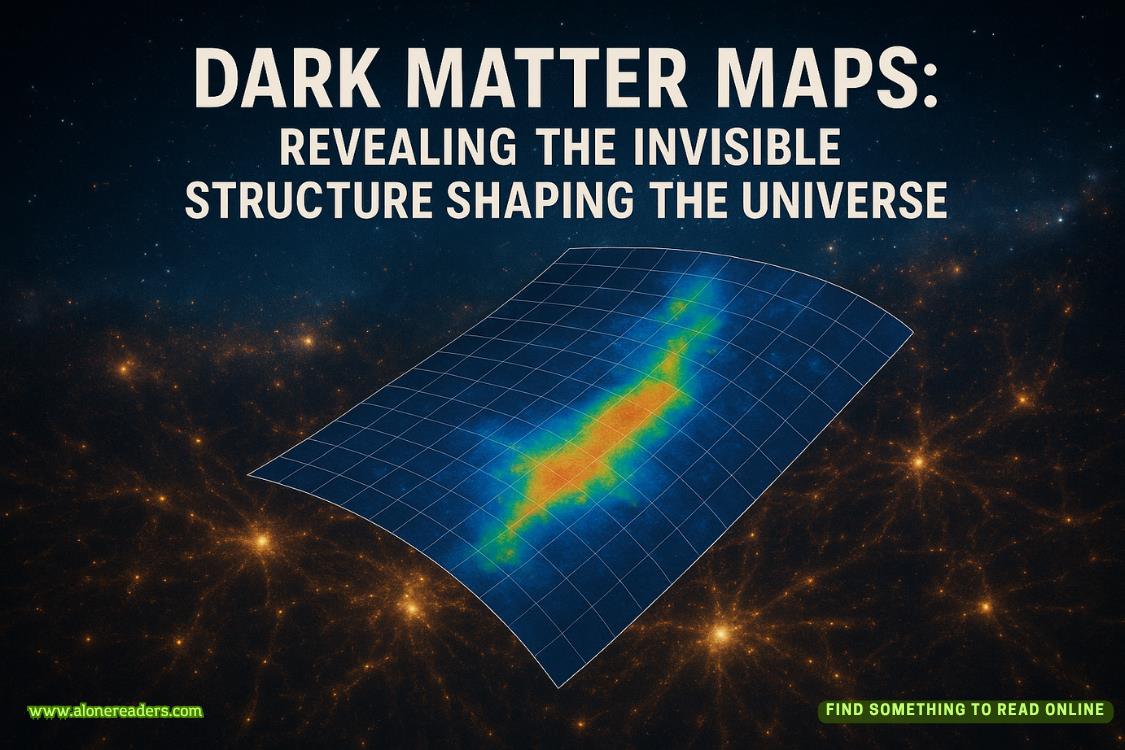Page 14 of Air Force One
Sarah took a careful breath. “Ms. Chase, could you please interpret what I’m seeing. I’m not a pilot.”
Miranda moved to stand beside the display and pointed at some numbers. “General John Owen has entered the final descent. He is presently flying at a hundred feet, bleeding speed for lift. This is particularly effective as he’s low enough to ride the ground effect, such as it is over such rough waves. That’s when air trapped between a surface and the bottom of a wing literally pushes back. It is giving him time to choose his landing but it will not assist him in reaching shore. As there is no chance of reaching shore, I had him turn toward the US Coast Guard ships that Felicia called out of port.”
Miranda pointed to the two smaller views. “I had Andi ask the captain of the Medium Endurance Cutter Bear to launch his Dolphin MH-65 search-and-rescue helo toward the estimated impact location, which he was kind enough to do once she explained the situation. Though he did seem rather surprised by the aircraft model being a VC-25A.”
Sarah sighed. Hiding Air Force One’s identity had bought her over twenty minutes. Far more than she’d expected.
“General Owen is targeting the minimum landing speed to mitigate what he can of the impact. You can see by the numbers in the upper right that Colonel Sandra Ames is still attempting to restart the engines without success.”
Numbers kept changing on the screen in a bewildering array, but she saw nothing to cause doubt in Miranda’s interpretation.
On the radar view, the bright blip moved closer toward another of the static arced lines on the display. Closer to the helicopter, but she had no idea by how much or where the nearest land lay.
The view from the helicopter resolved from a bright spark to a blue-and-white toy model that quickly expanded into a 747 mere feet above the waves.
Another monitor lit up with two views. All they showed was an expanse of waves, but they were passing by very fast. Sarah assumed they were views from the scrambled fighter jets racing to the scene. It was only seconds before they raced overhead. Now they showed Air Force One like a giant cross shape barely above the rough ocean.
“There, that’s his minimum speed, also called his stall speed,” Miranda pointed at a 170 on the screen, not distracted by the new and alarming view. “Presently at fifty feet, his impact will occur in the next nine seconds.”
Her voice was horrifyingly calm.
Sarah noted that she had risen to her own feet and planted her fists on the desk, but she couldn’t release their clench. And if she stopped bracing against them, she might collapse face-first onto the desk.
“They’ll be landing at…” Miranda pointed at a set of numbers that were latitude and longitude. For three long seconds Miranda remained unmoving.
Then her eyes rolled back in her head, and she dropped to the floor.
Andi cried out and rushed to her side.
Above them, the right-hand image showed the tiny-with-distance plane catching a wave crest with one wing and pummeling into the sea.
The blip on the radar image flashed ten times brighter—the visual display showed the broad shape of an entire wing sticking vertically into the air—and then both the wing and the green dot disappeared.
Sarah held her breath through four long heartbeats that sounded absurdly slow—as if there was room between each to reach her hands out and undo what had just happened. But there was nothing to see other than the empty waves and the blank radar scan.
The view from Air Force One’s cockpit was black. After four more heartbeats, so drawn out that they hurt her chest, bright green letters appeared on the screen.
No signal.
11
Air Force One did not go quietly to her grave.
Out of options, John and Sandra had discussed the best landing tactic in between attempts to restart the engines and the call from the air-crash investigator. He’d heard of Miranda Chase though he’d never met her. It was a relief to have input from the outside. They’d spent precious seconds discussing extreme engine restart methods—two of which weren’t in any manual he’d ever read but sounded promising. Neither had yet worked. He wished he’d thought to ask her opinion on one more point; with a Sea State 4 awaiting them on the surface, should they land with, against, or across the waves? The general rule was with, but these were not long, deep-ocean rollers; these waves were angry.
It was obvious that landing with the waves was better than against them. Even at a stall speed of a hundred and seventy knots, they’d be moving a hundred and fifty faster than the water; against the waves would be a hundred and ninety knots—two hundred and twenty miles per hour—relative speed to the water. They would also expend precious altitude executing a banked turn. If they landed parallel to the waves, they might put the fuselage into a trough and let the waves to either side exert even pressures against both wings. But they’d have to catch the trough perfectly. He’d seen the videos of a commercial jet that planted one wing first—the destruction had been horrendous.
General John Owen had captained Air Force One for four of President Cole’s eight years in office. He’d never floated a 747 this far down a runway; it wasn’t as if he was going to overrun the pavement. This was not how he wanted his record to end.
The stall buzzer sounded, yet he held the nose up mere meters above the waves. He glanced over at Sandra. She’d have made—would make…he hoped—a fine pilot to take over his role.
Her simple nod wished him luck.
He nodded back his thanks for all their flights together and turned his full attention to the landing.
Maybe if he nosed up hard at the last instant. Nosed up, using the belly of the plane and wings like a massive air brake the way the old Space Shuttle had. Then, when the tail caught the waves, he could commit a colossal belly flop into the ocean. To do that he had to?—
12















